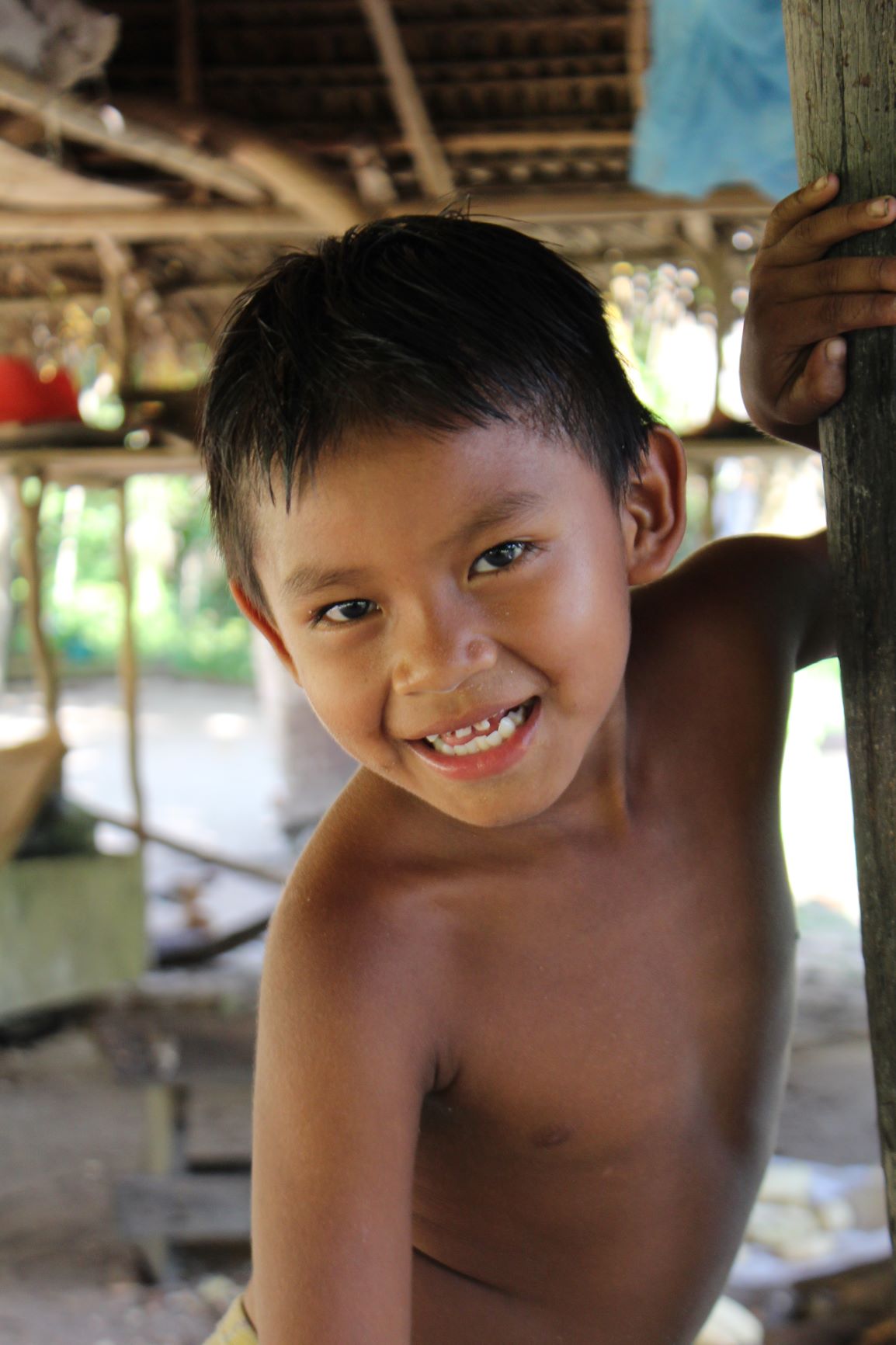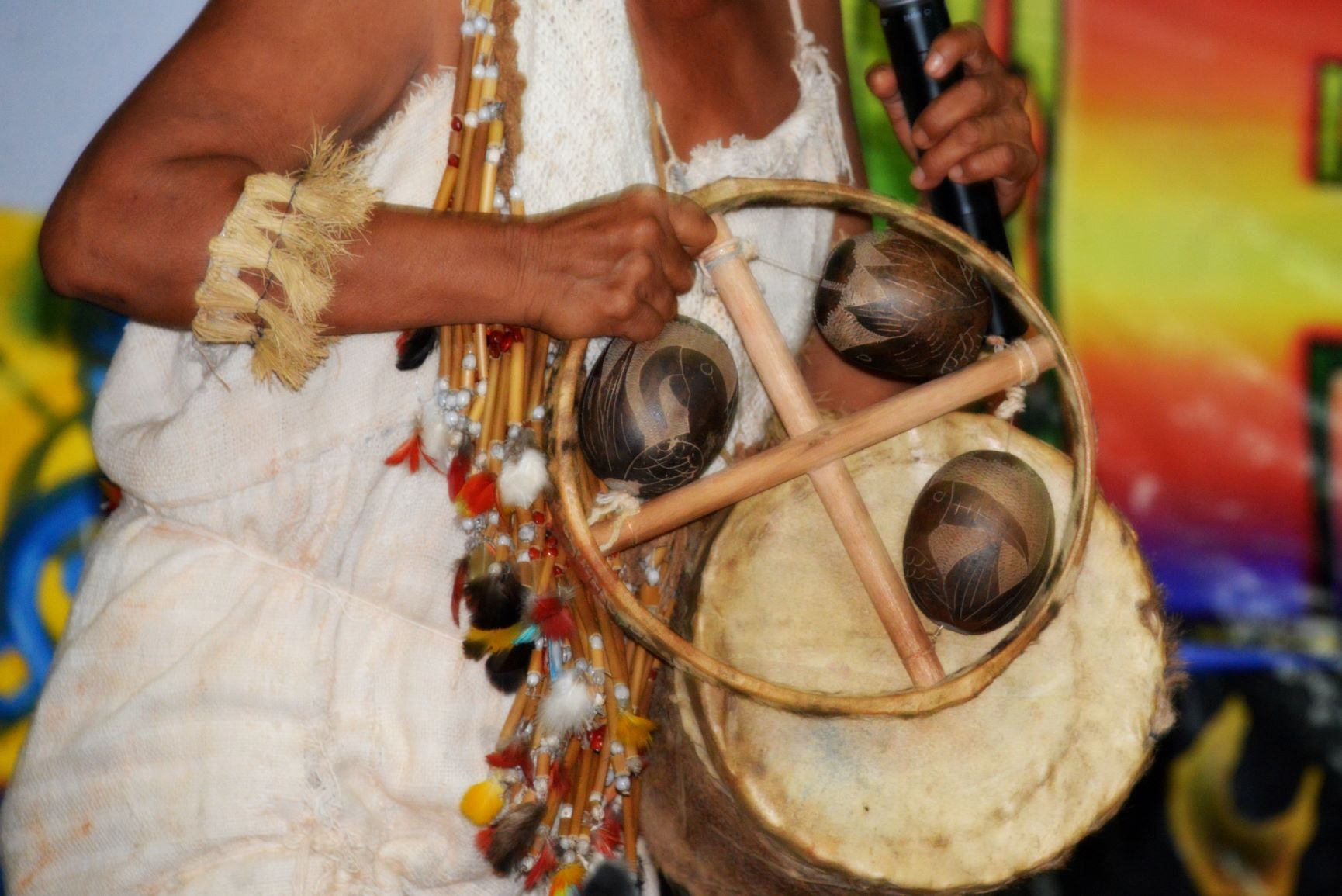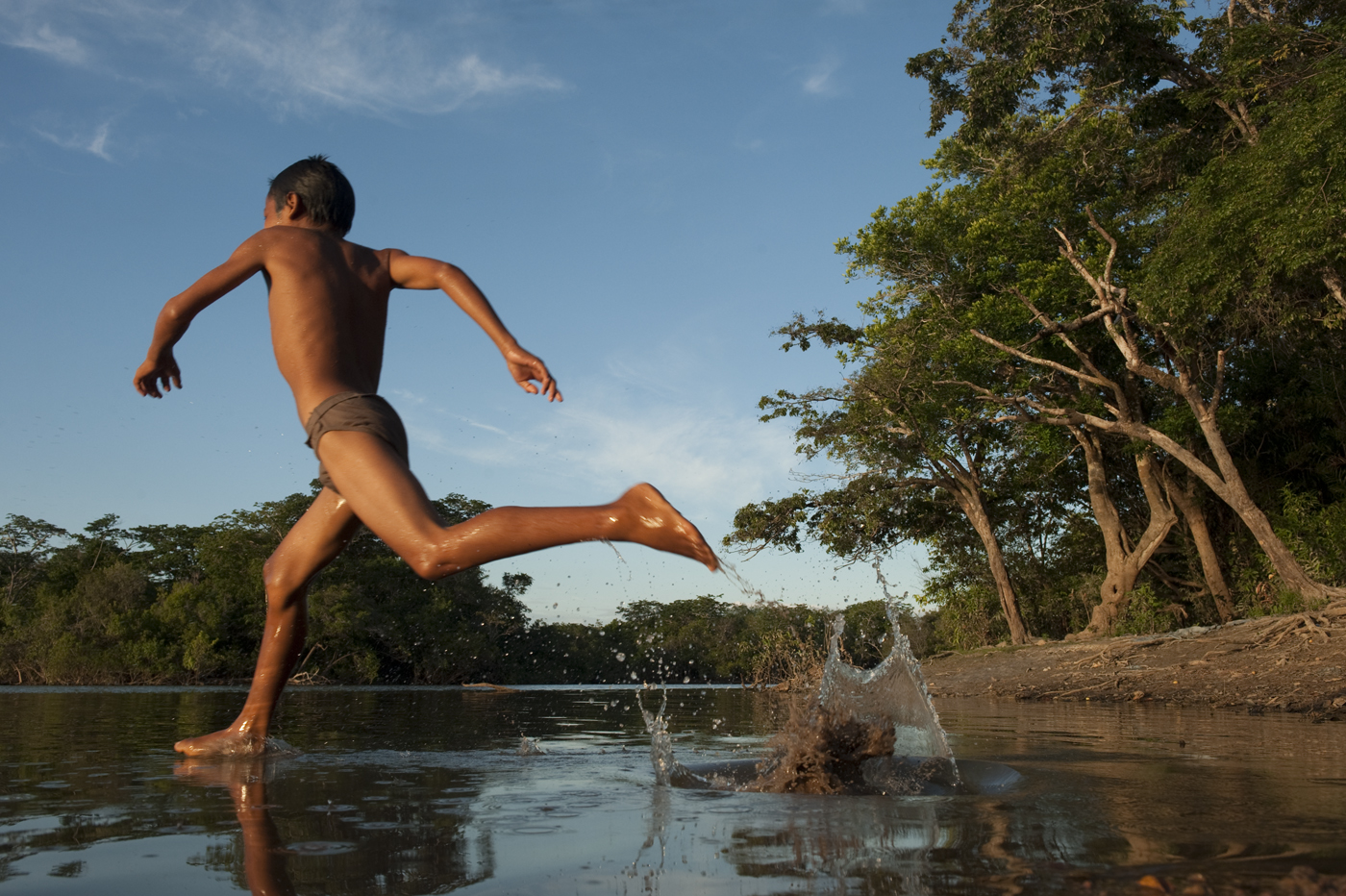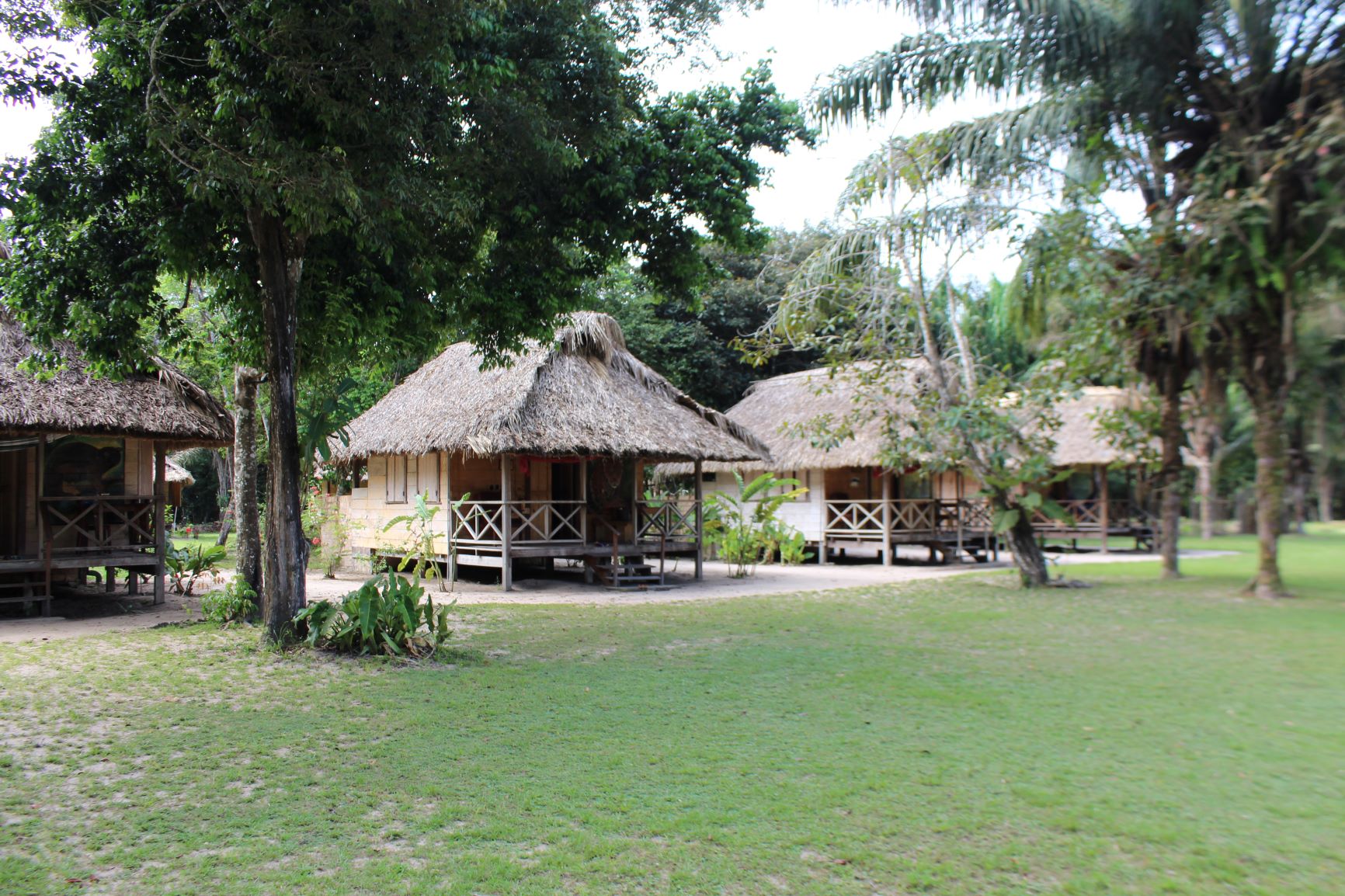Amazing encounters with the Indigenous Peoples of Guyana
April 18, 2019 - 8 minutes read Thousands of years ago, Guyana’s native inhabitants settled on the coastal plains of Guyana, but later migrated to the deep interior regions of the country to find a means of survival and freedom from colonial invasion. The rich landscape, brimming with fertile land, food and water must have been a treasure to withhold. It still is. Indigenous peoples live all across the country, some in more remote locations than the others.
Thousands of years ago, Guyana’s native inhabitants settled on the coastal plains of Guyana, but later migrated to the deep interior regions of the country to find a means of survival and freedom from colonial invasion. The rich landscape, brimming with fertile land, food and water must have been a treasure to withhold. It still is. Indigenous peoples live all across the country, some in more remote locations than the others.
The first settlers of Guyana are known as the Indigenous Peoples (Amerindians) and can be distinguished by their features. The nine distinct indigenous groups are Akawaios, Arawaks, Arecunas, Caribs, Makushis, Patamonas, Warraus, Wapishanas and Wai-Wais. Even between these, some are more prominent than others. Inter-ethnicity marriages in Guyana are common, so you may find mixed race families when travelling through the country. You will also find people of different indigenous groups in the cities, as many of them have homes and businesses in Georgetown, but the largest part of the population occupies far-flung villages across the length and breadth of the country.
As a visitor, spending time in and with an indigenous family is one of the best experiences you can have in the country. You get a peek into the lives of those who stay in the villages and survive by the means of sustainable farming, hunting and fishing. You can see youngsters – despite being partially urbanized – wield a bow and arrow with confidence.
The best part is that if you speak English, you won’t need an interpreter, as English is Guyana’s national language.
Which regions do the Indigenous Peoples call home?
Even though the communities have become more fluid and people have started migrating to different parts of the country, one can broadly assign areas. The Warraus, Arawaks and Caribs mostly occupy the coastal regions in the northern part of the country with the Akawaios, Arecunas and Patamonas occupying the forested highland regions of the country. The Makushis and Wapishanas hold sway in the savannahs of the North, Central and South Rupununi and the Wai Wais can be found predominantly in the deep south of the country.
Living off the land
One of the most unique characteristics of the Indigenous Peoples is their ability to live off the land. Many of them are great agriculturists, others are excellent hunters and gatherers, while some are also known to be expert horticulturists and or experts in traditional medicine. Each community is skilled to live off the land with ease, using the jungles and rivers as their main source of food, income, and good health. This tradition has been handed down from generation to generation.
Creativity
The one thing that is bound to strike you when you visit an indigenous community is their ingenuity in using available natural materials to make exquisite pottery, beads, jewellery, utensils, boats and elaborate homes. For those looking for gifts for loved ones or that special souvenir, skilled artisans expertly prepare unique pieces which are sold in gift shops and in the villages.
Best ways to have amazing encounters with the locals
During your trip to Guyana, you’re likely to find a number of occasions to meet and spend time with indigenous people. Here are some ways to have a peek into local life from close quarters:
- Community-Owned and Led Lodges
- Pakaraima and other safaris
- Rupununi and Sand Creek Rodeo
Community Day Tours
If you can’t spare an entire week to experience the Indigenous way of life at a community lodge, there are some day trips you can take from Georgetown on the coast or Lethem in the Rupununi Region
- Santa Mission on your way to Arrowpoint
- Wildlife Spotting and Birdwatching in Karasa
- Village Tour of Surama
Honor our Indigenous People
You will encounter a brilliant array of cultural differences in Guyana. To make the most of your visit and ensure it’s mutually rewarding, we recommend the following Visitor Code of Conduct for Indigenous Tourism:
- Plan Ahead. Research local customs, social norms before or when you arrive in Guyana, especially when planning to visit our indigenous communities. Evaluate the credentials and practices of tour companies and guides, and determine from them the extent to which your visit will benefit the Indigenous communities you visit.
- Follow the Rules. Ensure you secure permission to visit Indigenous communities before arrival, especially if you are not travelling with a tour operator or staying at a community-owned eco-lodge. Respect the rights of community landowners and stick to areas that are open to visitors. If you’re not sure, ask. Remember the usage fees you pay to visit communities support indigenous people’s livelihoods.
- Show Your Respect. Always ask permission first before you take any photos. It is such a simple thing but it is so important. Also, be mindful of traditions and cultural etiquette during your visit. Make an extra effort to learn and listen, which is encouraged over talking especially when an elder is speaking.
- Support Local Culture. Consciously spend your money in local communities that offer locally produced meals, products and handicrafts. Your expenditures will benefit the people you meet and in some cases, the entire community. It also encourages communities to preserve their cultural heritage and increases local pride.
- Engaging in the Sacred. If you are invited to partake in a spiritual ceremony of some kind, try to be unobtrusive. Also keep in mind that many events are sacred and are not open to the public.
- Keep Guyana Wild. Help protect Guyana’s abundant wildlife. The same wildlife you hoped to see may be served during your visit. Reduce demand by not contributing to the problem.
- Be Mindful of Waste. Recycling is uncommon and plastic waste is often burned or buried. If you have to purchase disposable plastic items, pack them out with you.
Tags: Akawaios, Arawaks, Arecunas, Caribs, Guyana’s native inhabitants, Indigenous People of Guyana, Makushis, Patamonas, Wapishanas and Wai-Wais, Warraus



0 Comments